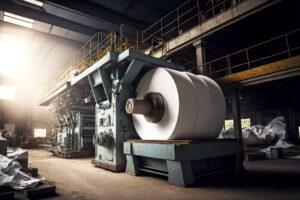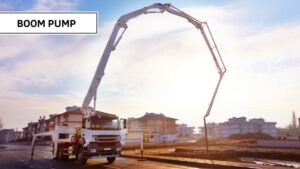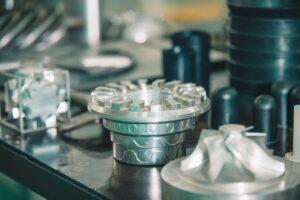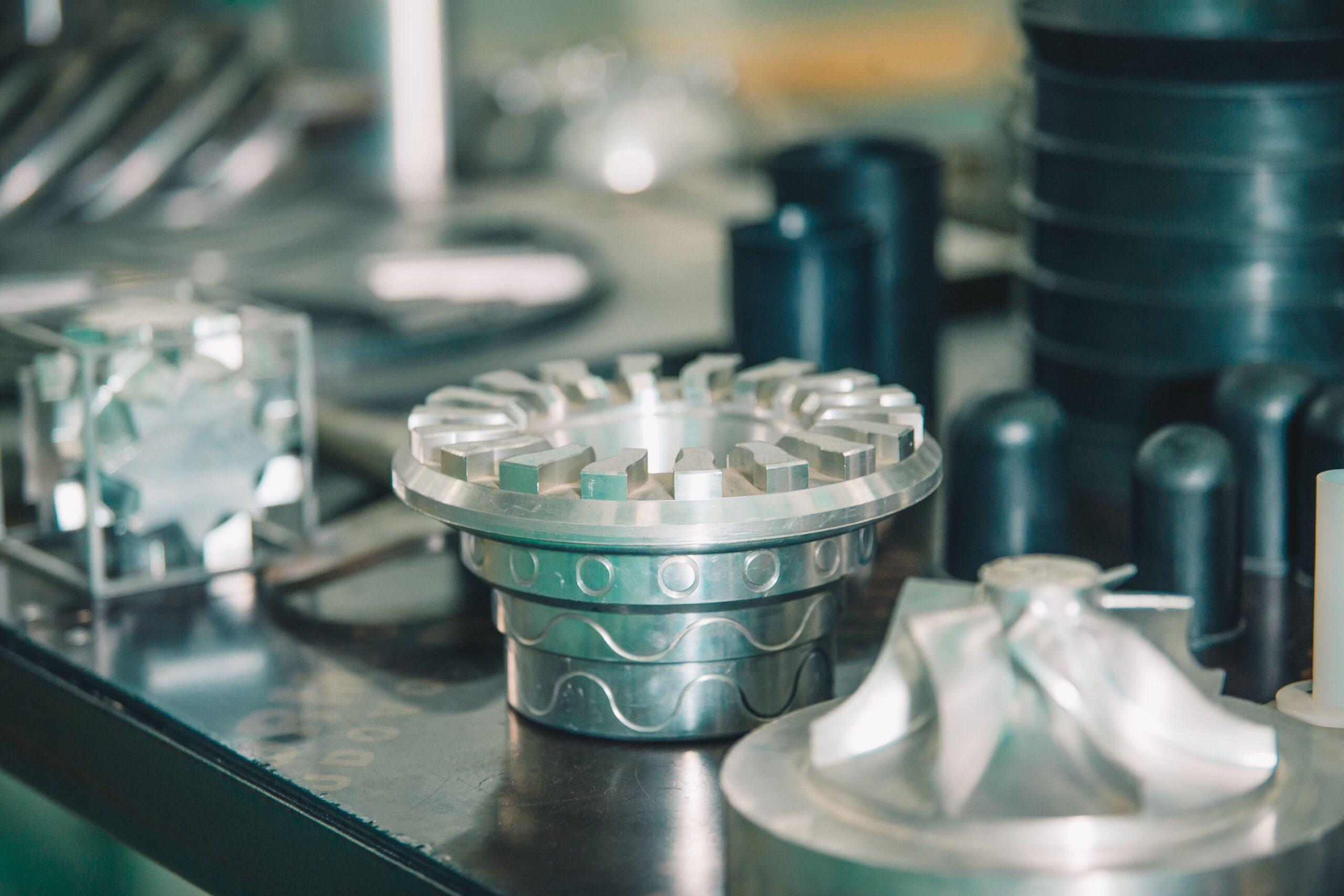
Rotation-dependent machinery forms the backbone of so many industrial activities, driving much equipment and processes in many areas of application, from manufacturing industries to energy production. The machines that fall under the class of rotary equipment are mainly pumps, compressors, turbines, motors, and fans, designed to convert energy into rotational motion. Since rotating equipment is part of such an important link within an industrial system, their service helps maintain production cycles and smooth operation of the plant at maximum efficiency.
Rotating equipment is much more than just a tool for getting jobs done. Their performance directly influences the productivity, reliability, and efficiency of any industrial process. In fact, the reliability of rotating equipment stands between smoothly running operations and costly downtime for industries that rely on heavy machinery like oil and gas, mining, power generation, and manufacturing. Ensuring their proper functioning is the key to optimizing operational workflows, reducing maintenance costs, and driving overall productivity.
What Is Rotating Equipment?
A general definition of a rotating machine could be that it involves mechanical devices or systems designed to execute a specific function by means of rotation. Machines in the above category include pumps, compressors, turbines, motors, and fans, all of which convert energy to mechanical work through continuous or intermittent rotation. Such machinery becomes indispensable in a host of industrial applications, such as driving processes dependent on fluid movement, pressure generation, or mechanical power.
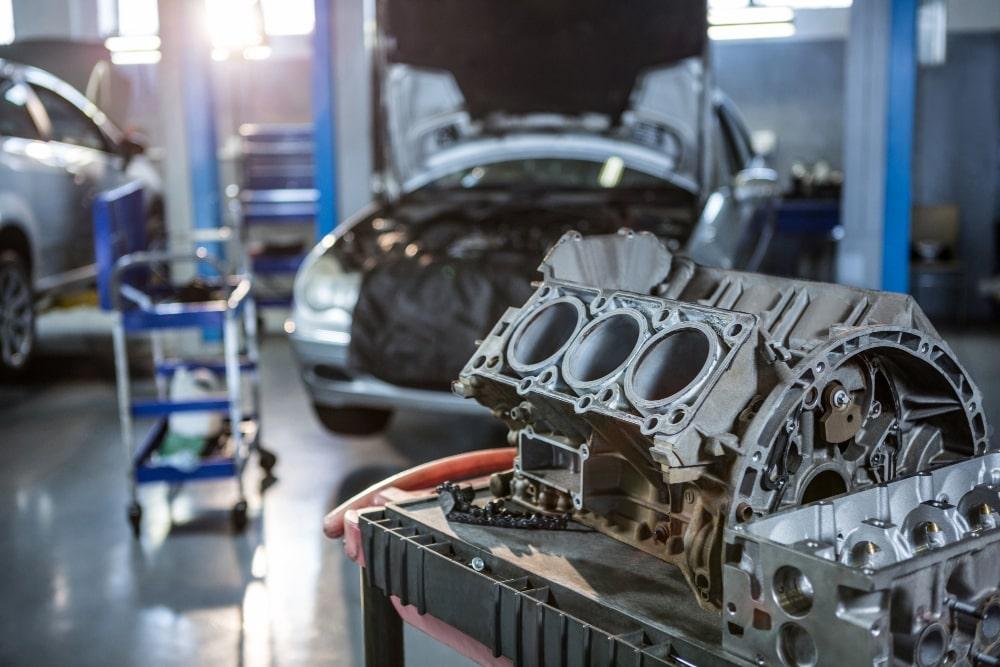
Types of Rotating Equipment
The rotating equipment list includes a wide variety of machines, each of which plays a very important role in industrial systems. Some of the common types of rotating components, together with their applications in various industries, are described below.
Pumps
Mechanical devices that circulate liquids or gases within an application are called pumps. They cause a difference in pressure within a system in order for the fluid to flow from one point to another. Several designs of pumps exist: centrifugal, diaphragm, positive displacement type, and so on for various applications.
Pumps have a wide field of application in water treatment, oil and gas, pharmaceutical industries as well as in chemical processes. They are used for the circulation of water, chemicals, oil, and slurry in pipelines, irrigation, and cooling systems.
Compressor
Compressors are devices that raise the pressure of gases by compacting them into a smaller volume. It simply works on the principle of reducing the volume of air or gas and increasing its pressure. The most common examples of their use are refrigeration systems, air conditioners, and transportation of gases.
Compressors find their applications in HVAC-heating, ventilation, and air conditioning, manufacturing pneumatic tools, and oil and gas industries, transport and storage of gas. They are also used in refrigeration units, medical breathing equipment, and the automotive industry in turbochargers.
Turbines
Turbines are a class of rotary machinery generally transforming the energy of fluid flow streams, water, and gases into mechanical energy. The change in form happens through means of rotors and blades rotated by flow over the unit. Major applications have emerged to be made in generation as well as mechanical drives.
Major applications are power generation, oil and gas refining, driving machinery, and as marine propulsion in naval ships. Turbines are used in the jet engines of aircraft.
Fans and Blowers
These are devices used in transferring air or gases for ventilation, cooling, or circulating through a system. Normally, fans supply airflow for low pressures, and blowers are used in high-pressure applications. They become so vital in mechanical processes that one cannot even imagine the maintenance of airflow or cooling without them.
Fans and blowers have their applications in HVAC, power plants, chemical plants, and mines. They are used in circulating air, exhaust, and cooling applications like climate control, industrial ventilation, and dust control in factories.
Motors and Generators
Motors are those machines that essentially convert electrical energy into mechanical motion, whereas generators change mechanical motion into electrical energy. Motors drive all the mechanical equipment, and electrical power is generated through a generator. Both are essentially used in almost all kinds of industries.
Examples of some very common applications include motors for industries related to manufacturing, transportation, and electric vehicles, while appliances would drive machinery for conveyor, crane, and compressor applications. Their principal uses for generators will be generation, standby systems, and renewable energy-wind and hydroelectric power for applications such as supplying electricity to areas that are remote or during emergencies.
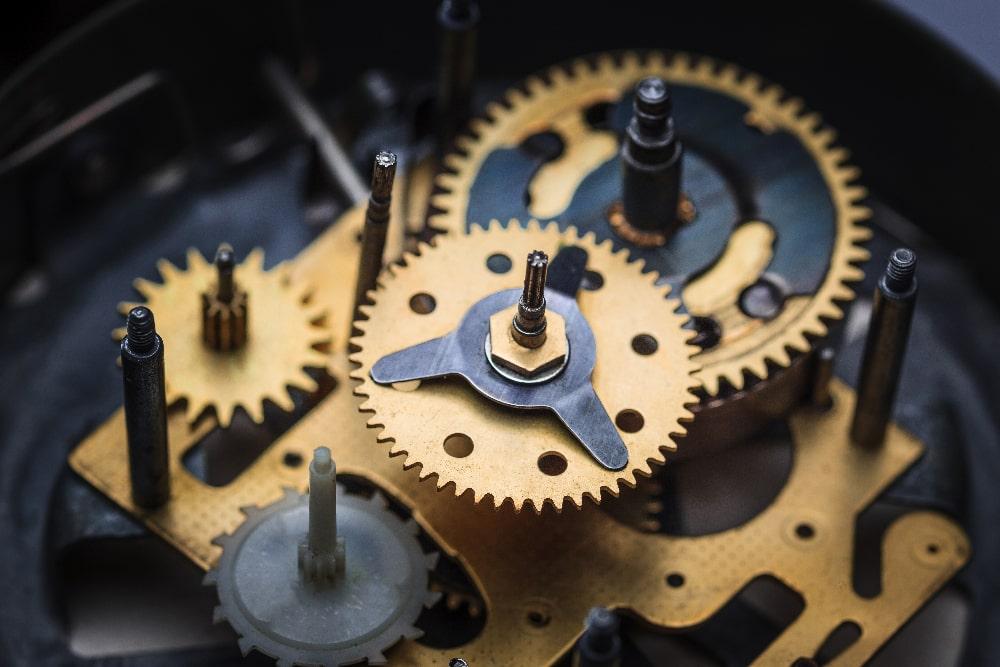
Rotating Equipment Applications Across Industries
Rotating equipment is integral to many industries, as it plays a crucial role in maintaining efficient processes and operations. From fluid movement and air circulation to energy generation, the applications of rotating equipment are widespread across various sectors. Below, we will explore how rotating equipment is used in key industries:
Oil and Gas
The oil and gas industries rely heavily on rotating machinery in all aspects of exploration, transportation, refining, and storage. Pumps, compressors, and turbines then find wide applications to circulate the oil, gas, and water through pipelines, refineries, and offshore platforms. These machines handle extreme pressures and temperatures, ensuring smooth operations in harsh conditions.
Pumps find their application in oil, gas, and chemical transportation; compressors regulate the flow and pressure of gas in transmission pipelines and processing plants. Turbines are used for generating power in offshore rigs and also in gas processing facilities. Fans and blowers find their application in supporting ventilation within refining processes and offshore platforms.
Manufacturing
The manufacturing general industry highly relies on rotating machinery in driving machinery and sustaining continuous production. From the assembly line to packaging and material handling, motors, pumps, compressors, and fans are integral parts of most manufacturing processes. These machines ensure that products are manufactured efficiently and safely.
Applications include the driving of conveyor belts, hydraulic presses, and robot arms; pumping in chemical processing and coolant flow; driving compressors for pneumatic tools; and providing airflow for Factory ventilation, dust control as well as painting booths and direct exhaust. Fans and Blowers serve to provide flow to the processes of ventilation and exhaust systems.
Power Generation
Among the largest users of rotating machinery is power generation. Turbines are at the center of most applications in power conversion from fluid energy into electrical energy, whether in steam, gas, or water states. Generators change mechanical energy to electrical, while motors serve auxiliary equipment with power. Power plants based on coal, gas, or renewable energy involve the usage of rotating machinery in energy production.
Gas turbines and steam turbines for electricity generation at power plants; water flow-to-mechanical energy conversion via turbines in hydroelectric plants; conversion of the mechanical energy from turbines into electrical power by generators; motors driving plant equipment such as cooling pumps and fans.
HVAC Systems
HVAC systems are designed based on rotating machinery for climate and air quality control in residential, commercial, and industrial applications. Fans, blowers, and pumps circulate air for the transportation of heat and the maintenance of environmental conditions. The reliability and efficiency of these machines are essential to energy conservation and comfort.
These systems circulate air through ducts and ventilation systems, while the pumps circulate water in heating and cooling systems. Fans, compressors, and pumps that power HVAC systems are driven by motors. It is with these machines that air quality is maintained and temperatures controlled while reducing the consumption of energy.
Water Treatment
Water treatment plants intake water and route wastewater with the help of various types of rotating machinery. Water circulates through filtration systems assisted by pumps, motors, and fans. Other applications of the pumps include chemical dosing, while compressors take care of aeration and water pressurization. Machines such as these play a very important role in efficiently ensuring the treatment and distribution of water.
Pumps circulate raw water, wastewater, and chemicals within treatment plants. Motors drive pumps and mixers, while fans augment aeration systems in the handling of water and sewage. Compressors hold air pressure in the head of treatment tanks and also increase the efficiency of biological filtration processes.
Best Rotating Equipment at AMED-US
At AMED-US, a wide series of high-quality rotating machinery and equipment serve the needs of different fields. Our pumps, compressors, motors, turbines, and fans add to efficiency, reliability, and productivity. Whether your need be for power plants, general industries, HVAC, or oil and gas, AMED-US has ideal solutions for all your business concerns.
Our rotating equipment is sourced from trusted manufacturers and supported by expert support and maintenance services to ensure long-lasting performance. With AMED-US, you can rely on dependable, cost-effective solutions tailored to your needs, so your business keeps running smoothly and with less downtime.
Reach Out to Our Rotating Equipment Specialist for More Information
Do you need rotating equipment repair? Would you like to know about rotating equipment safety? For more information about our rotating equipment or how we can help with your operation, please contact AMED-US. We have a team of professionals ready to provide detailed information, answer your questions, and offer solutions to meet your specific needs. From installation to maintenance and ongoing support, we are here to support you through the entire process.
You can also contact us through our website, call our customer service team, or visit one of our locations for personal consultations. Keep up with the latest in rotating equipment by subscribing to our newsletter or following us on social media. Let AMED-US be your trusted partner in powering your business with the best rotating equipment and exceptional service.






